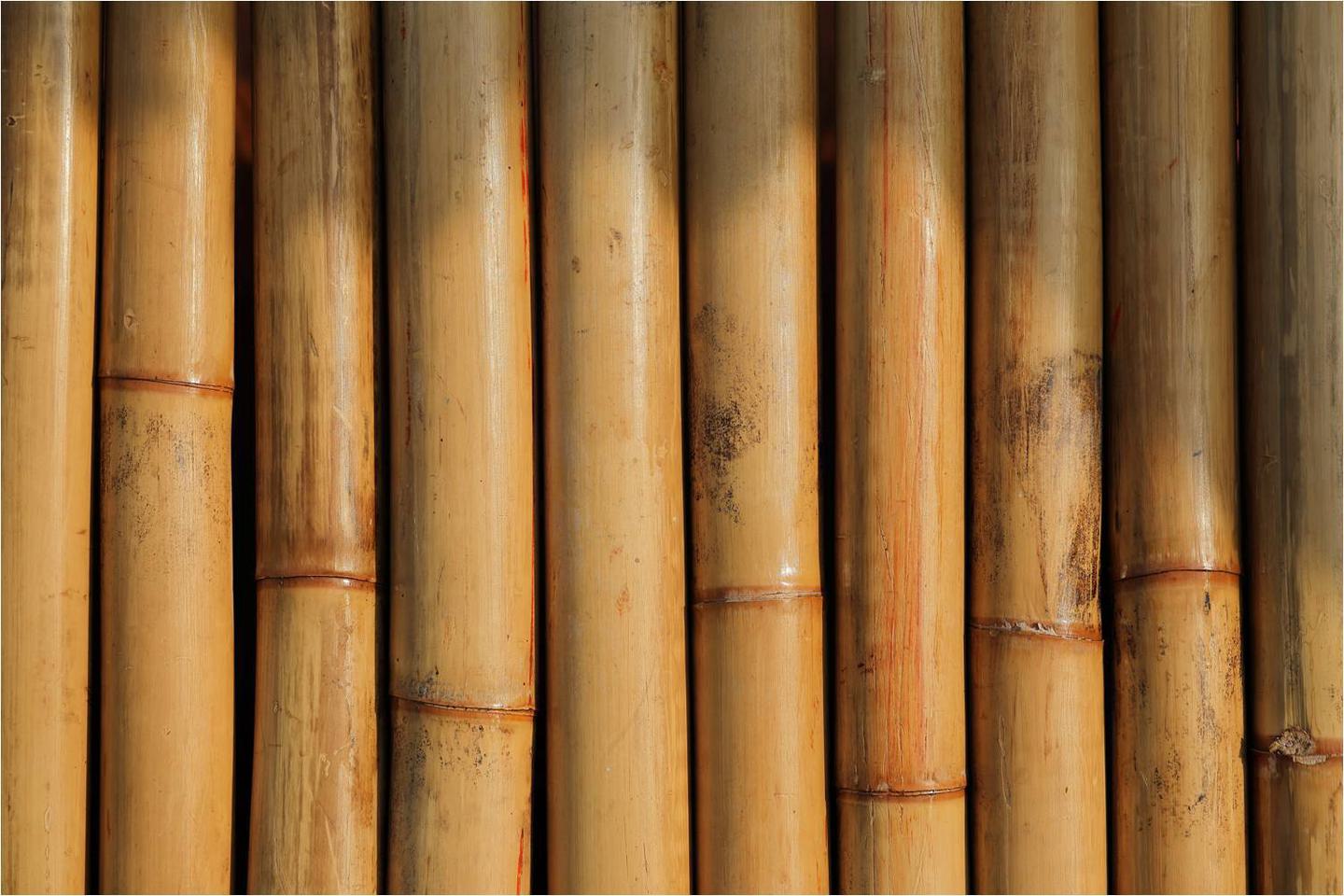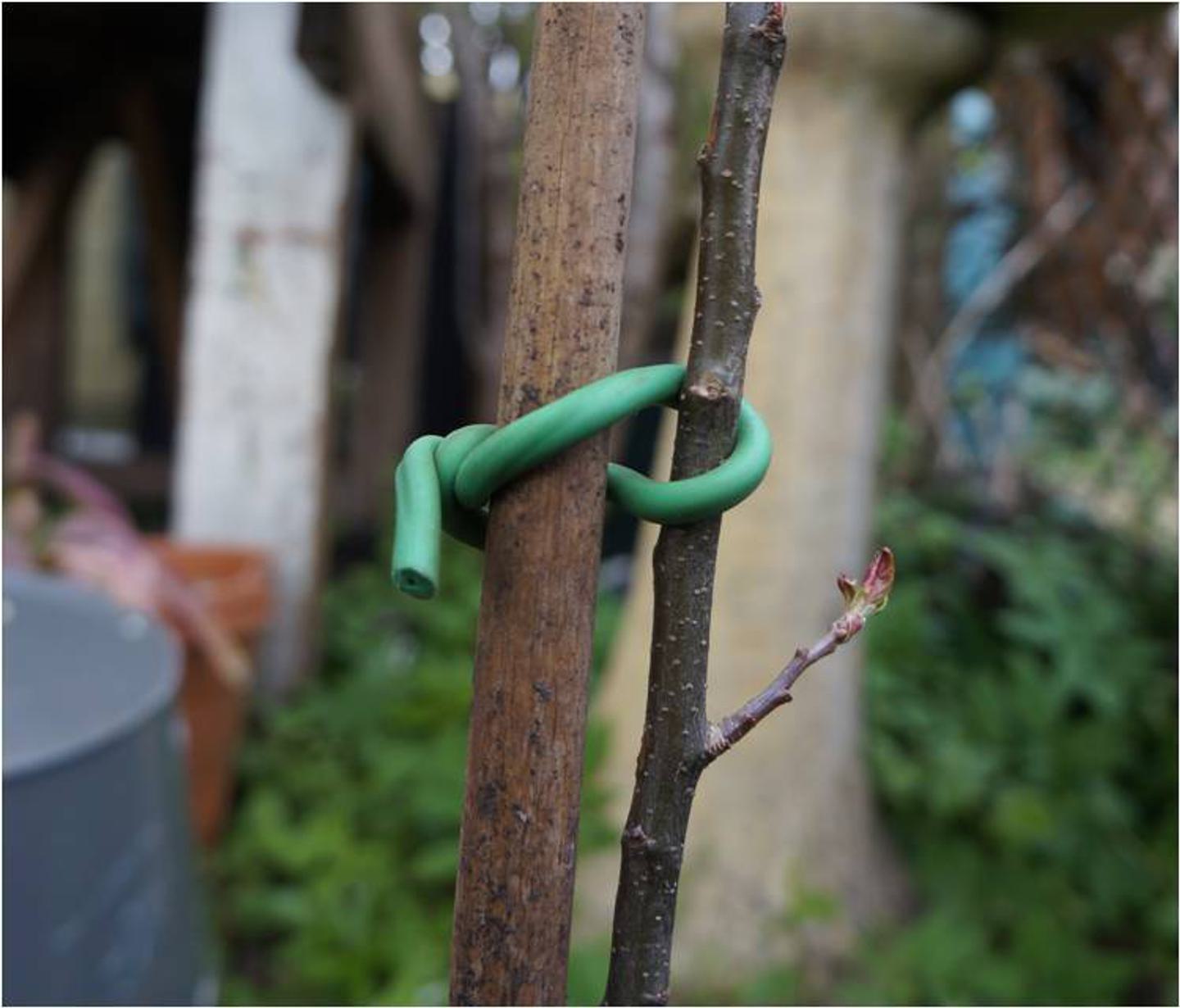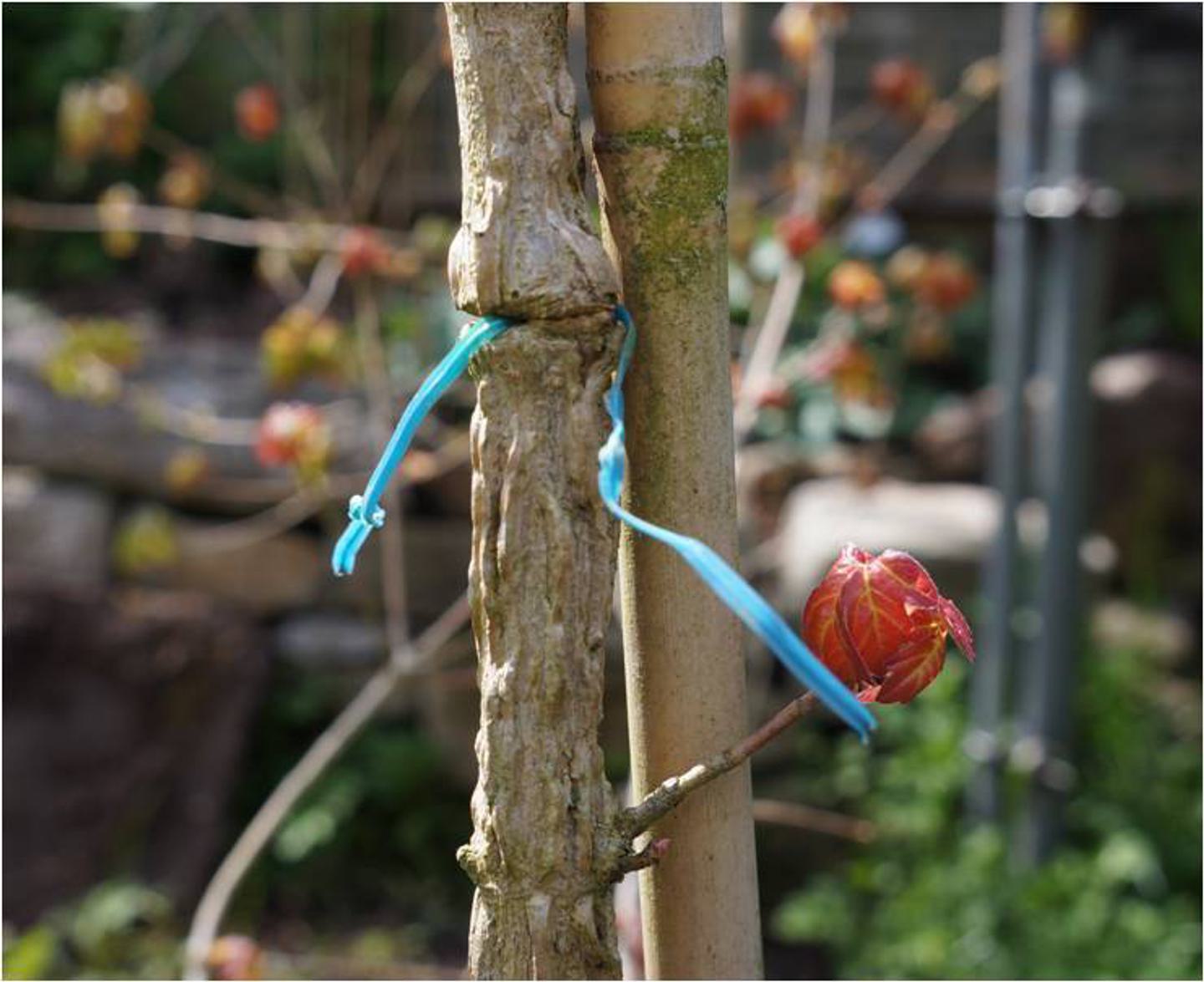Guides
Canes: should I leave the cane on?
Most of our single-stemmed, potted trees are supplied strapped to a cane. "Should I leave the cane on?" is a frequently asked question, understandably. Here's why the cane is there and what you might want to consider before removing it.

Nature vs nurture
In the wild, trees may or may not grow with a perfectly straight stem, depending on their natural traits and the environment. For example, a prevailing wind can cause a leaning form or an animal nibbling off the main stem can cause a tree to become more shrub-like with multiple stems.
Although perfect forms aren't necessarily what happens in nature, people shopping for a garden tree are mostly looking for an archetypal, straight-stemmed example of their chosen variety. Therefore growers train young trees on canes to make sure the main stem is nice and straight; straight as a cane!
A good upright trunk with no lean or forks also makes a tree tough, as snow and ice won't weight down the stem to cause a lean, nor crack open a fork, potentially leading to the tree's demise.
Standards
It is standard practice to train young trees to have a straight, branch-free stem up to about 6ft (180 cm). This is in fact known as a 'standard' tree. Half standards, meanwhile, have clear stems to 1.2-1.5m. Again, the cane helps to keep the trunk straight while the tree is being trained to these forms.

When to remove the cane
If you have purchased a tree in a 15 litre pot, or a 6-8cm girth bare root tree (or anything smaller), the stem still has some way to go before it will stand up to the elements without risk of being deformed. Therefore we really recommend retaining the cane as long as possible.
If your tree was purchased in a 30 litre pot or as an 8-10cm girth or larger, the trunk will appear well trained and quite sturdy in the lower part, but may still need the cane towards the top to avoid any deformation when exposed to the elements.
The tapes holding the cane on will perish after a while, and if at this point the trunk looks nice and sturdy all the way to the crown, by all means now is the time to lose the cane.
If the tape perishes and you are concerned that part of the stem is still flexing a lot, you can tie the cane back on with rubber ties. Do not use bare wire or twine!
Some trees are supplied without canes. If the main stem is flexible, it's worth purchasing a cane and ties for training (unless you already have them). Ask us if you are unsure. Likewise, the best policy is to keep the cane on for as long as possible.

How long is that, then?
How long it will take for your tree to go it alone safely depends much on the tree's size at purchase, growth rate, weather, crown weight etc. It's worth at least leaving it on for the first winter as that's when the elements will test it most. Do exercise your own judgement based on the information here, but get in touch if you have any questions.